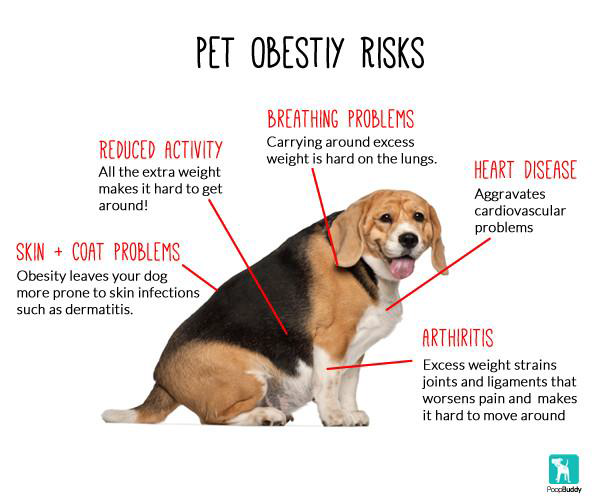 |
| By Kim Hofmann, RD(SA) |
The festive season is upon us and with it comes the challenge of maintaining a healthy lifestyle. It’s a time of lots of eating opportunities with delicious meals, desserts and drinks and a time of less exercise. So how can you continue the healthy habits you have established and not let the bad habits creep in? For me, the holidays are no different than any other time of the year! It can be this easy for you too.
As you may already have discovered in your journey of a healthier lifestyle, being prepared is one of the most important aspects to make sure you stay on track. If you know what the challenges of your holidays are you will be able to come up with solutions to manage them. It is also important that you consciously decide that your healthy lifestyle is worth preserving! Let’s explore some of the simple things we can do so that our healthy habits stay intact.
The Key Points
- One of the first things people often do when holidays arrive is lose the eating routine, specifically they stop eating breakfast! Try to stay in the habit of eating first thing in the morning. A good breakfast will always set you up well for the day.
- If you have healthy snacks available at all times you are more likely to eat these when you are hungry even if unhealthy snacks may be around too. Make it a habit to take some healthy snacks with when you are dining elsewhere. But keep snack portions small! They are just meant to tie you over until the next meal. If you get into the habit of snacking between your meals you will not get too hungry for the next meal and you will be more likely to keep your portions controlled.
- Don’t go out to dinner hungry! You can cut back a little during the day if you know you are going for a higher calorie meal, but eating too little during the day will only undo your attempts at healthy eating. If you are a bit hungry before going out have a small snack so that you won’t devour the snacks before the meal.
- When serving your meals think veggies. Start by filling your plate with salad and plain vegetables (those without toppings or sauces) so that there will be less space on the plate for the higher calorie options.
- Very important is that you don’t feel guilty when you do have something that you would normally not choose to eat. If we decide to have some dessert, and enjoy a small bit of it, guilt will only spoil the enjoyment of the dessert! Remember too that you don’t need to have something ‘special’ every time it is presented. Consciously choose the times that you are going to indulge. This is part of the planning!
- Be aware of your alcohol intake. Aside from all the calories, drinking also makes us less inhibited around food, and it becomes far harder to remember health! An excellent holiday drink is sparkling water with a splash of cranberry and lime served in a tall glass.
- Stay hydrated. It’s so easy to forget to drink water, but being hydrated is important as hunger is often confused with thirst. Our bodies are often in an under-hydrated state with the warmer weather, increase in salty snacks and alcohol. The best strategy is to keep your water bottle handy. Add some lemon, mint leaves or cucumber to your water if you do not enjoy the taste of water.
- Just enjoy yourself! And I don’t mean only with food. Focus your attention on your family and friend and on the fun and celebrations. Laugh a lot. This is what the festive season should be about!
















